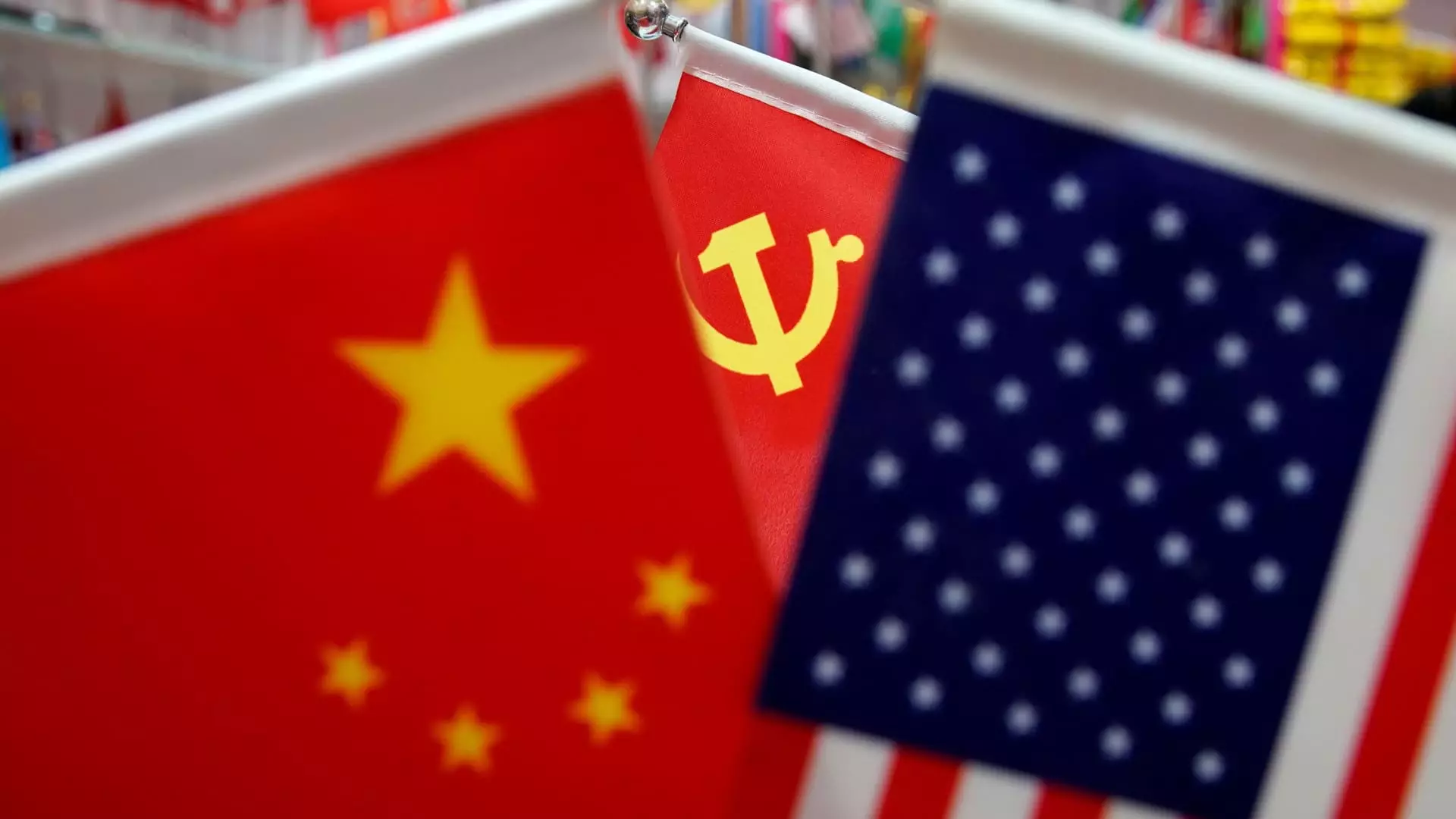The strained trade relationship between the United States and China echoes historical tensions, proving once again that diplomacy demands not only patience but also flexibility. President Donald Trump’s recent declarations about the difficulties in negotiating with Chinese President Xi Jinping paint a bleak picture of international relations that appears to be spiraling into chaos. Trump’s candid admission—echoed through his vocalizations on Truth Social—highlights his ongoing struggle with a complex counterpart whose responses often remain unpredictable, yet calculated. It’s not just a matter of tough negotiations; it’s a high-stakes game of chess where one wrong move could send markets crashing or ignite political unrest.
The current landscape is not only a product of personal dynamics but also of systemic issues that have marred U.S.-China relations. Notably, both nations are guilty of pointing fingers regarding trade agreements—most recently the May 12 pact that was intended to provide a pause, but subsequent actions on both sides have left many questioning its validity. As Treasury Secretary Scott Bessent stated, trade talks have stagnated, and there is an undeniable air of urgency to reignite discussions before the situation deteriorates even further.
The Role of Communication: A Double-Edged Sword
Communication between countries often fosters understanding—or in this case, heightens tensions. The announcements of potential talks between Trump and Xi triggered speculation about whether either leader genuinely wishes for reconciliation or is merely undergoing the motions for public perception. Neo Wang, a prominent economist, suggested that the upcoming dialogue might be aimed at bolstering trust, minimizing the risk of embarrassing surprises. Yet, this view is tinged with skepticism; if Xi is to ‘meet China halfway,’ we must question what concessions the U.S. is prepared to make.
Trump’s tendency to elevate personal rapport above systemic negotiation frameworks risks undermining the very essence of diplomacy. Xi’s calculated persona contrasts sharply with Trump’s unpredictable style, hinting that any conversation bereft of structured dialogue may well lead to theatrical outcomes rather than concrete progress.
Underlying Factors: Tariffs and Technological Competition
Beyond personal rapport, underlying economic pressures and expanding technological competition fuel the heat in U.S.-China relations. The visa revocations against Chinese students stand as a cold reminder of an increasingly exclusionary approach taken by the Trump administration, which seeks to leverage immigration policies as a bargaining chip. Such a tactic may appear as a show of strength, but it could just as easily backfire by alienating not only potential allies but also global players who share the academic and technological stage.
China’s dissatisfaction with U.S. interference in its technology sector unveils another layer of this nuanced struggle. With both powers pushing for dominance in advanced technology, each move is compounded by desperation—both to maintain sovereignty and to shift the power dynamic in their favor. The U.S. posture to limit China’s technological capabilities only amplifies the stakes, creating a vicious cycle that could provoke retaliatory measures, further stifling dialogue and cooperation.
A Complex Dance: The Broader Implications
As we analyze this escalation in trade hostilities, the ramifications extend beyond a simple dichotomy of winners and losers. Nations worldwide are left grappling with uncertainties: can any nation act as a neutral facilitator amid this outcry, or do they risk becoming embroiled in partisan allegiances? The complex dance of diplomacy demands not only negotiation but also a broader understanding of geopolitics, human rights, and ethical considerations tied to international relations.
Middle-ground liberal perspectives urge a reliance on foundational diplomatic principles—a call to revisit treaties, respect mutual interests, and foster genuine collaboration rather than engaging in a series of tactical face-offs. Only then might the potential for constructive negotiation reappear, allowing for better trade practices without the looming threat of economic warfare.
The road ahead for U.S.-China relations remains fraught with challenges, but embracing dialogues grounded in sincerity, respect, and strategic foresight may yet yield an opportunity for hope amid turmoil.

